Are you looking for Leica D-Lux 4? You are in the right place, here’s a review with image samples and 14 things you need to know about one of the last older Leica point and shoots that are still viable.
1. What is the Leica D-lux 4?
The Leica D-lux4 is a digital camera from Leica that is the successor of the Leica-D Lux 3 and the predecessor of the Leica D-Lux 5. It has the same sensor size with better image quality as the previous camera and a 24-60mm f2-2.8 zoom lens. The Panasonic equivalent of the Leica D-Lux 4 is the Panasonic LX3 digital camera.
1.1. Specifications
| Name | Value |
|---|---|
| Camera name | Leica D-Lux 4 |
| Sensor size | 1/1.65 |
| Megapixels | 10.1 |
| Lens type | Fixed |
| Lens (35mm equivalent) | 24-60mm |
| Max aperture | 2-2.8 |
| Max ISO | 3200 |
| FPS | 2.5 |
| Memory Card | SDHC Slot |
| Wireless | NA |
| Dimensions | 4.28 x 2.34 x 1.7 inches |
| Weight | 0.5 lb / 228 g |
| Positives | + Great ISO + Great Image quality + Still good AF |
| Negatives | – Smaller sensor then D6 – No dials – No aperture on lens – Very old screen |
| Where to get | Check For Best Price |
1.2. Is the Leica D-Lux 4 still worth it?
Yes the camera is worth it even today. It has good enough megapixels and fast enough autofocus, even for this year. It has however a vintage, old screen that has a 460,000 dots, about 1/3 to 1/4 of modern screen resolutions. If you can get past this it is still viable but the D6 is a much better camera with better specs.

It has many improvements over the previous generation. 2.5 fps, and SDHC support (The previous one was the regular old SD standard) and the ISO really got a boost as the D3 was a noise machine above the base ISO.
1.3. What is it good for?
The compact size and zoom range make it perfect for travel and street photography. If you are interested in the latter, I have a Leica D-Lux 4 street photography article too. Since the sensor is quite small, you can forget about having Bokeh portraits but it has a powerful macro mode that can focus real close.
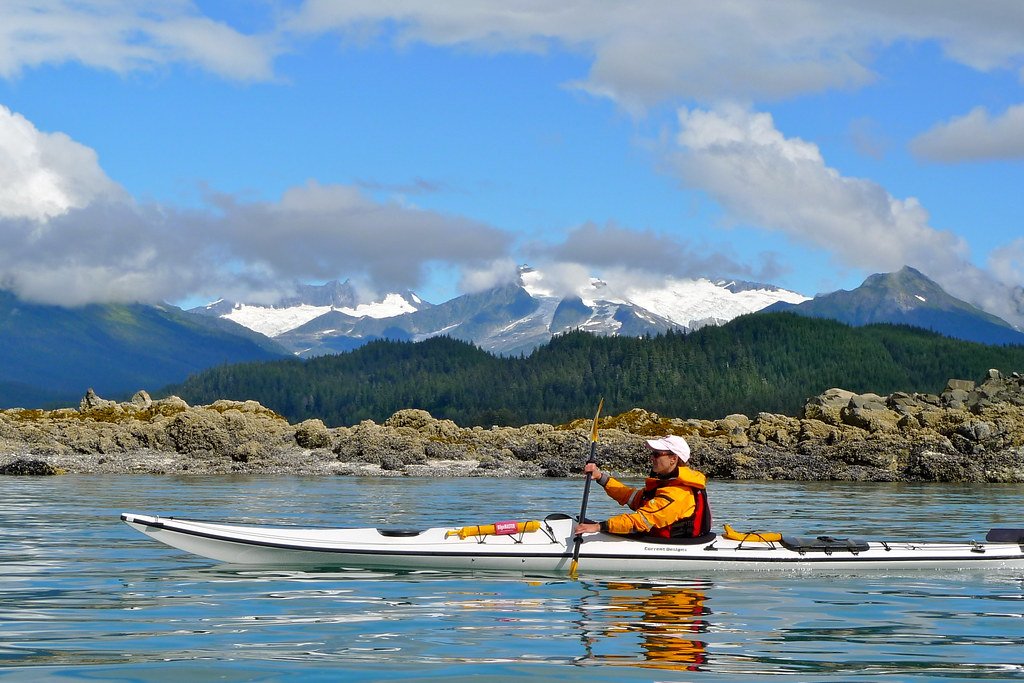
1.4. Leica D-lux 4 positives
- Much better ISO then D3
- Great IQ
- Great focusing speed
- Manual controls
1.5. Leica D-lux 4 negatives
- Shorter zoom lens range
- Low resolution screen
- Wish the manual focus showed depth of field
- Manual controls is with the directional pad
- No aperture ring
2. Camera body
The body design of this camera pretty much stays the same as older and previous generations. It is a rectangle with a protruding lens area. The focus and aspect selection switches are on the lens.
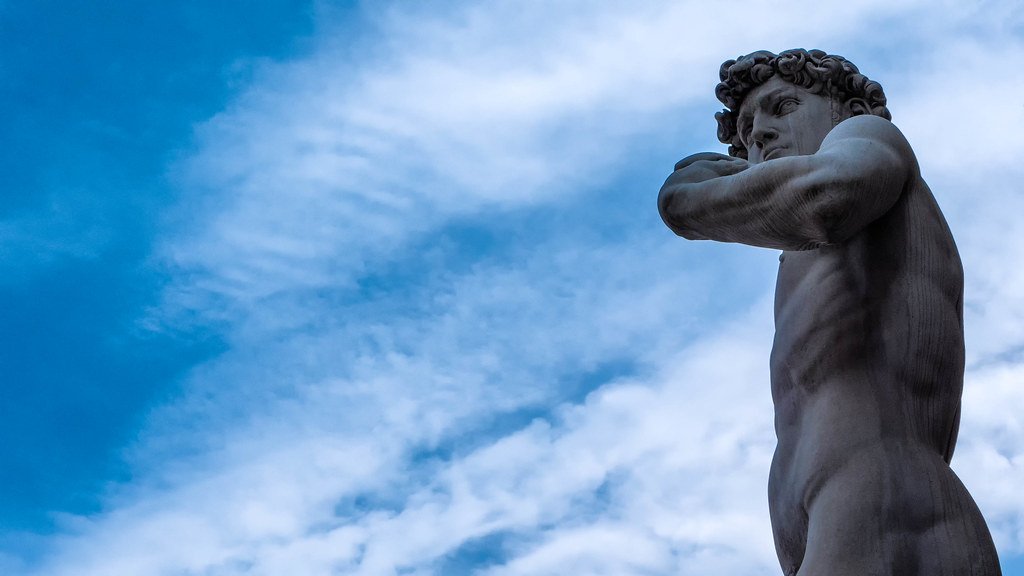
2.1 Controls
Unfortunately this is one of those older D series cameras that does not have the Aperture control ring in front. However it has the aspect ratio and focusing selection right on the lens.
While there is manual focus, you will need to adjust it like you would the white balance or shutter speed, by using the directional pad on the bottom.

The only control in terms of dials is the scene modes on top of the camera. The rest are in the back for menus and the other controls are on the 24 60mm lens.
2.2 The LCD Screen
Like previously stated the LCD screen is not that great at all. It has a fraction of the resolution of modern screens, so while you will be able to know if you got the shot or not, the Wow! Images will come afterwards once you load them up on the computer.

2.3 The flash
The newer Leica compacts omit the flash. Since this was the time were the small sensors were small enough, this has a small flash built in. If you want a real flash, you’ll probably need a dedicated one while this is perfect as a fill flash.
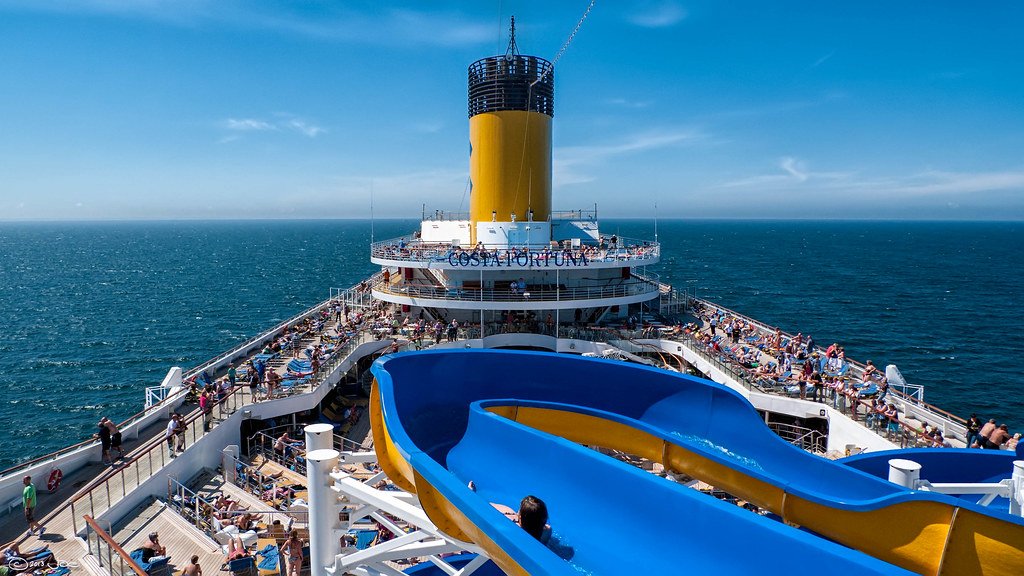
2.4. Battery life
According to the CIPA standards that manufacturers adhere their battery tests, the camera is rated at 380 pictures per charge.

3. Lens and image quality
It can go from 24mm wide angle to 60mm short telephoto with variable aperture. On the wide angle end you can go up to f2 while the telephoto end goes to f2.8. This is fast on both ends. And since this has a pretty acceptable stabilization this is suatable for when light starts dropping.
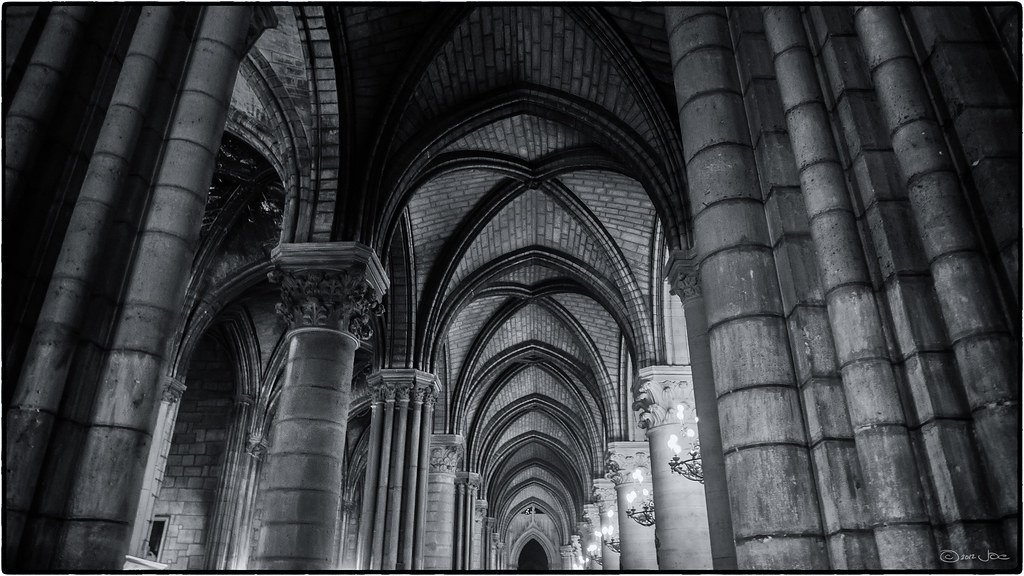
The CCD image sensor and lens makes sharp images and image quality is excellent even for this day and age. It’s quite an impressive fear. While it is only 10 megapixels, the images are really sharp and clean. It is one of the earliest Leica digital cameras that are still worth it, even if the D6 is probably the one to get.
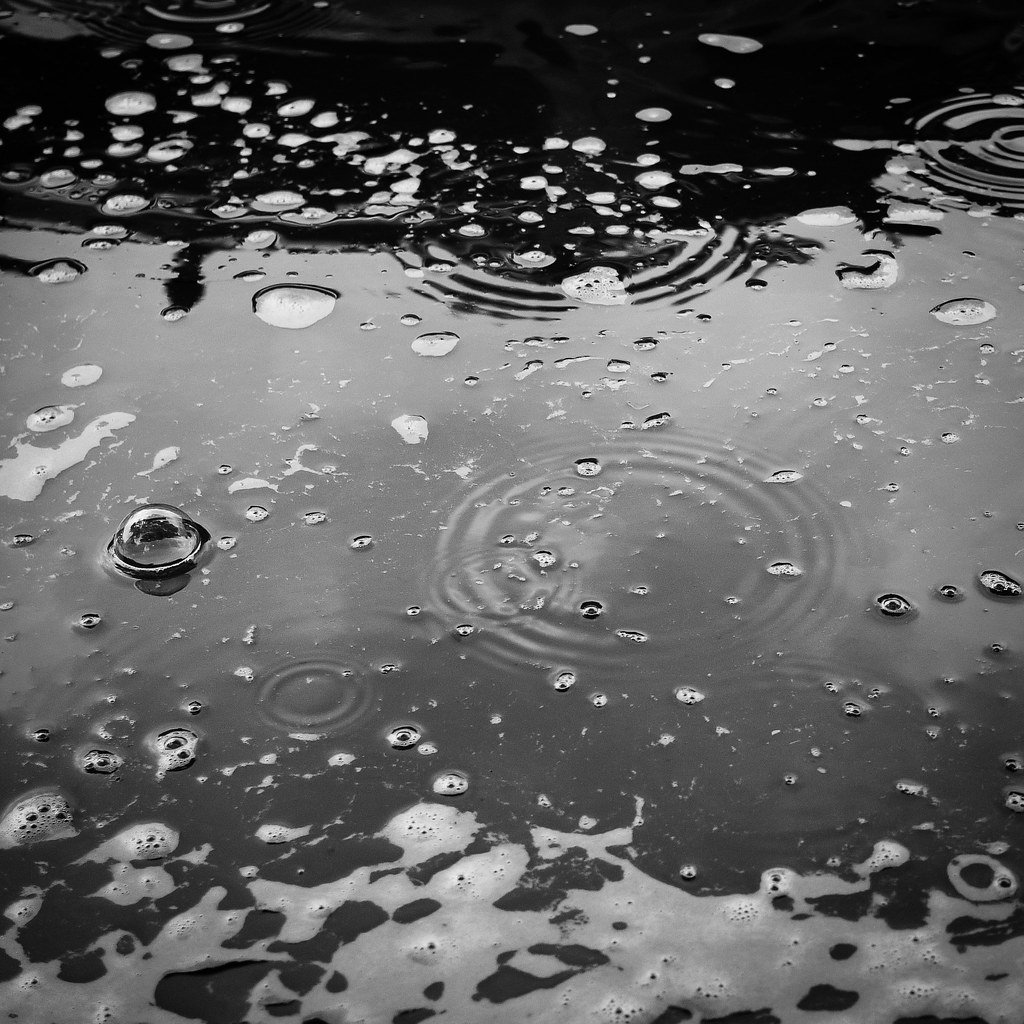
There is the optical zoom of course but also a digital zoom that I wouldn’t touch because this only features 10 megapixels.
3.1. Leica D-lux 4 Image Samples
You can find sample images all over this page, here are a few more Leica D-Lux 4 sample images below:

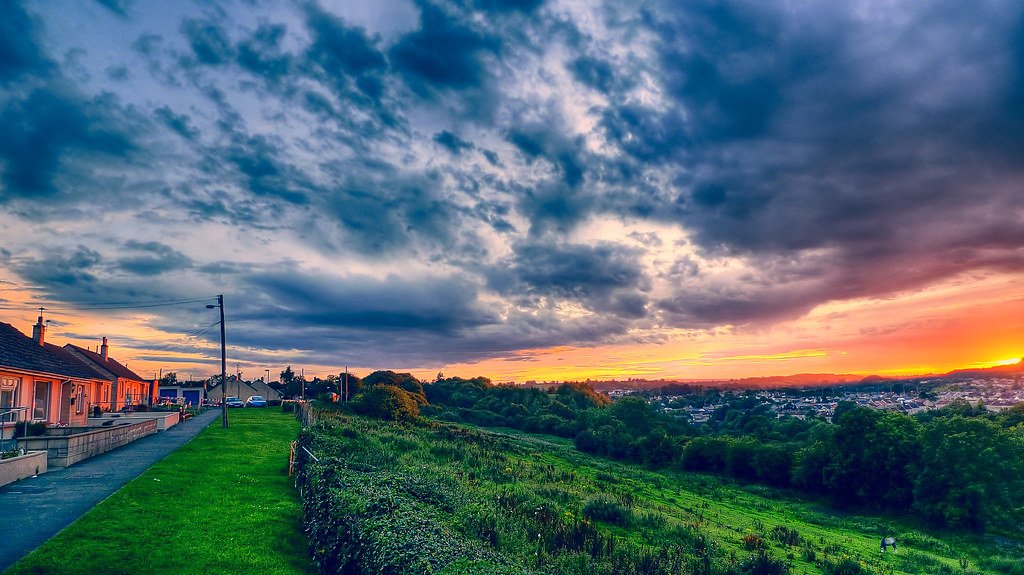
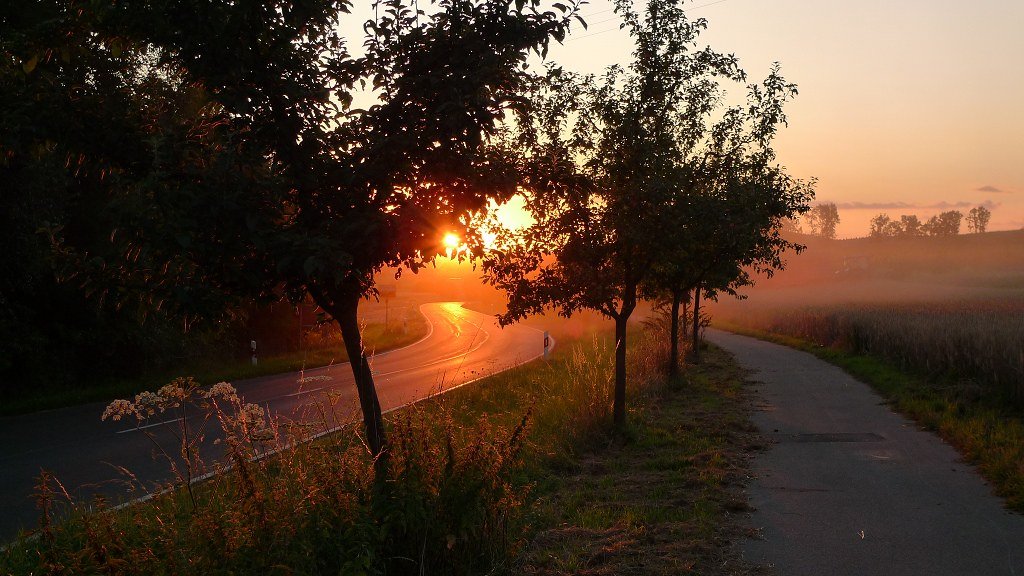

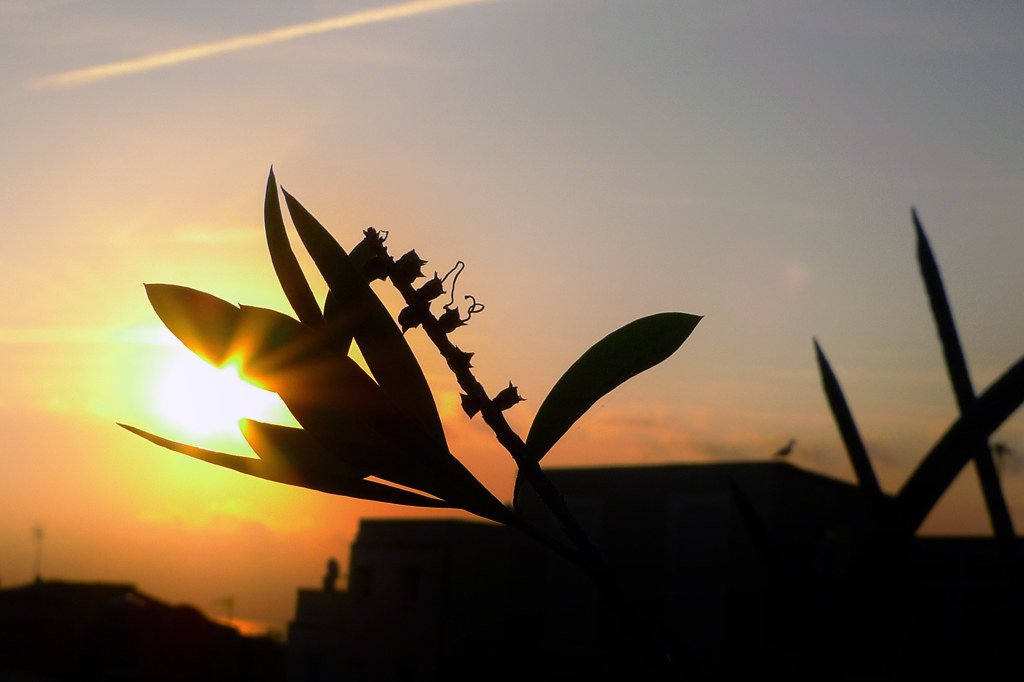
3.2 Low light performance
Unlike the previous version, the D4 has good low light performance. You can easely go from ISO 100 to ISO 400 and have clean images. The maximum acceptable one is ISO 800 where you can start noticing some grain, but it looks real nice in black and white.

If you had the 3rd version, the difference is night and day as the image quality and low light performance has increased.
3.3. Manual focus
Swith the camer into manual focus right on the lens. This offers a nice view of the distance you are focused on with a scale on the screen showing the distances like 0.3, 0.5, 1, 2 meters and infinity. It does not show the depth of field, so the little yellow indicator stays the same size.

It offers a blow up view in the center of the frame so that you know what you are focusing on. Since this is a small sensor, apertures of f2 / f4 have lots of depth of field.
3.4. Macro mode
The macro mode, just like it is on every camera of this line, is quite excellent. It can focus really close from 0.39 inches (0.99 cm) all the way to 11.81 inches (30 cm) when you zoom all the way in. The macro has some serious Bokeh to it and things get really creamy. See for yourself in this Leica D-Lux 4 macro below:
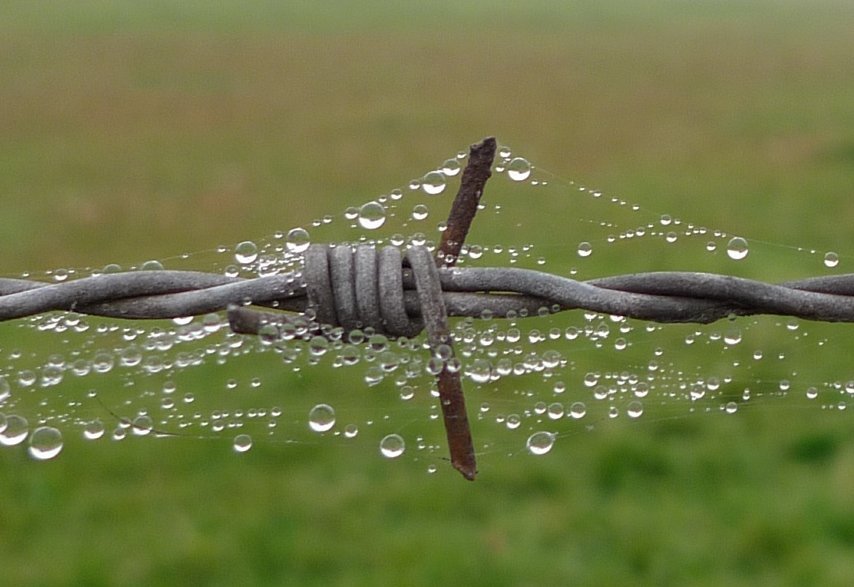
4. Accessories
The bad news is, one of the best accessories, the optional viewfinder is not for the D4, the earliest one that supports it is the D5, but you can always attach an optical viewfinder on the hotshoe. There is also a hand grip that you can get that makes holding the camera that much better. You can also check out Leica D-Lux 4 accessories.

Conclusion
I hope you enjoyed my Leica D-Lux 4 review. In short it is a viable option even to this day and age, but the newer and beefier D-lux 6 is a much better camera with faster lens and improved IQ. If you can get past the older screen, the images you see on your computer screen will more than make up for it. Click here to launch price checker for that camera.
